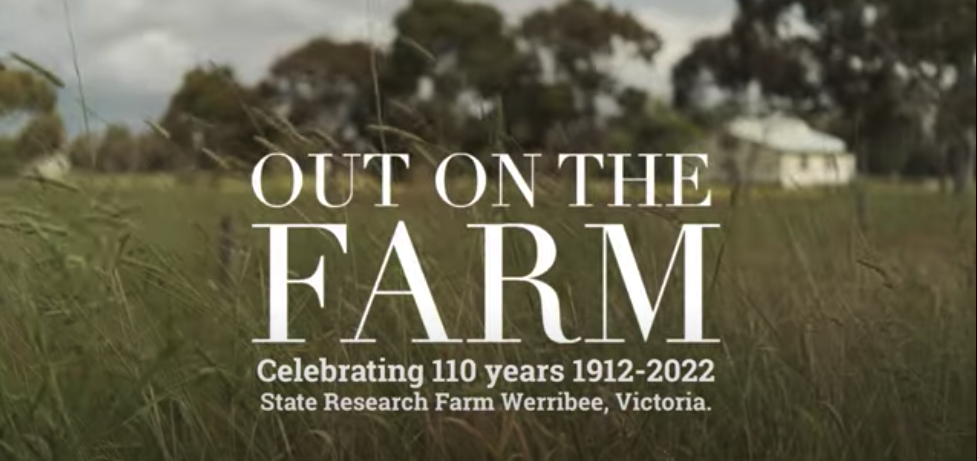
Ghost towns are peppered across Australia in their thousands. What were for many years thriving places of rural enterprise, built on farming or often gold, have slipped into the mists of history.
Bustling social communities full of families, workers, business, schools, sport and more have vanished to the inexorable march of progress. To market changes, technology, dwindling resources …
Little or nothing remains of most. Others, however, such as Werribee’s State Research Farm, have left an enduring, even extraordinary, legacy. It hasn’t entirely vanished, many of its original buildings remain. But its small township of 20-odd houses has gone. And their people, the families that lived, worked, played and grew up there as well.
The name has gone, too, but that legacy – one of intellectual rigour, ground-breaking research and application – lives on in various research pursuits that continue in the precinct. So too in numerous agricultural practices and commercial products that emanated from a century of so of its efforts.
What hasn’t been bequested to posterity, however, is any dedicated catalogue of the State Research Farm’s characters, their day-to-day lives, their achievements, their social ties and activities. Not just the small clutch of residents but the many others who worked on The Farm.
Until now, that is. This collection of stories and images is a personal voyage into the homes and haystacks, workshops and woodheaps, the laboratories and lifestyles, by the people who constituted The Farm. It is a quintessentially Australian story about a ghost town that had a softly spoken but far-reaching impact.
At its core, it is the human story of growth, enterprise and connection delivered in proud, whimsical, nostalgic and deeply heart-felt recollections that intimately plumb an era swiftly receding into the distance.
The State Research Farm is an essential but largely untold part of Werribee’s being. The many people who lived or worked out on The Farm were integral players in the Werribee community. The Farm was a stand-alone entity but it was only physically removed from the township by a mile. Its residents and workers were intrinsically part of the town; shopping, socialising, playing sport, going to school and living there.
Putting names and faces to these people, capturing and relaying their evocative stories, is crucial to the social, historical, agricultural and industrial fabric of not just Werribee but wider Australia.
This collection hosts a treasure trove of Australiana. Kids are climbing trees, falling out of trees, hunting snakes and tadpoles, building cubby huts and all but running wild. Parents and children alike are chopping wood, collecting milk and bread deliveries, watching animal births over the back fence.
Scientists, meanwhile, are developing new practices and technologies that will transform farming and agricultural-related products. At the same time, laboratory staff, field workers, tradespeople are beavering away in all manner of industry.
Out on The Farm applies a curious microscope to these endeavours through the eyes of those best equipped to relate the tales – the people who lived them. The ghosts themselves.
This article was the foreword for the booklet Out On the Farm, by the State Research Farm Community History Museum (2023)


